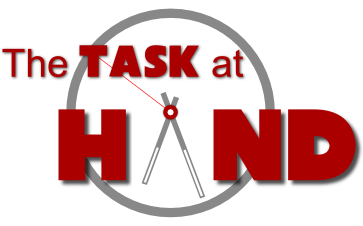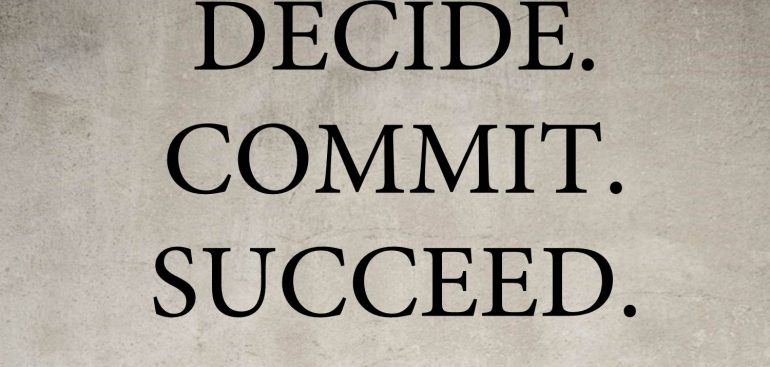I’m sure half of you read the headline and panicked. I did the other day when someone said there were only 10 Saturday’s until Christmas. But there are lots of things you can do now – that don’t take a lot of time and effort that will help you be ready for the season and let you enjoy it with less stress.
As we near the end of October it’s time to start wrapping up any projects you are working on – whether that means completing them or getting them to a point where you can put them on hold until January. This is not the time to take on a huge project or renovation with the expectation that you can get it all done before Thanksgiving. Remember any remodeling project usually takes twice as long as you anticipate and costs about 20 percent more. Don’t cause unnecessary stress during the holidays – put that project on hold until after the first of the year.
One of the easiest and most important things you can do is take stock of what you have – search all those cupboards and hiding places for items you’ve been stashing away throughout the year. (This might be a chance to evaluate whether you need to designate a specific area or a different area for gathering these items next year. How did things work this year? What items did you lose track?) By surveying what you have you know what items you still need to locate (and this can be used for gifts as well as decorations and other items.) Once you have surveyed everything make a list of the things you still need. I often make a list of what I have as well simply because I can’t always remember everything.) This step is particularly useful if you are one of those shoppers who shops for Christmas gifts throughout the year. For me it’s helpful if I’m planning something new and exciting with my decorating for the season. For example – this year I’m completely changing the color scheme for the tree and decorations. I’ve been acquiring items since the day after Christmas 2016. I’ve been picking things up at thrift stores, garage and tag sales, end of season clearance sales, sidewalk sales, etc. When you are collecting things over such a broad time frame, it’s easy to forget what you have acquired. Review what you have so that you don’t purchase duplicate items.
October and early November are when I do some deep cleaning around the house so that it will be ready for holiday decorating and entertaining. If you get the major cleaning out of the way you can focus on the creativity of decorating and simply do some light housekeeping as you go. Take the opportunity to go through closets to discard unwanted items. Make space for putting away everyday items that you store when the holiday decorations are put out.
Outside, I prepare as well. In anticipation of the outdoor decorations going up, I make sure that rain gutters and downspouts are unclogged and debris free. Does the lawn need one last mow and edge. Is all of the outdoor furniture stored. Do containers on the back deck or front porch need to be cleaned out or put in the garage? Depending on where you live you might still be able to get the windows washed and the blinds or draperies cleaned. (Living in the Pacific Northwest there are still a few fairly decent days to take care these things.)
If time allows, now is an excellent time to sort through closets to get rid of items you no longer use and make way for new items that may arrive. It also means you’ve made that last push to get things donated before the end of the year so that you are prepared for your 2017 taxes.
Bottom line is this is the time to take care of the things that you really don’t want to be doing during the holidays and by getting them done early you won’t need to stress out over them.
The biggest and most important tip I can offer is remember that you don’t have to do it all and it doesn’t have to be “perfect” in order to enjoy the season. Remember to enjoy the process (whether it’s trimming the tree, baking holiday goodies, or planning for the holiday meal.) Expect the unexpected, write things down, don’t set unrealistic expectations and make your lists and stick to them!’Tis the Season!






